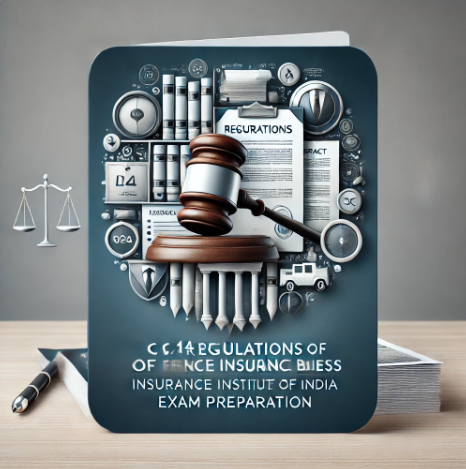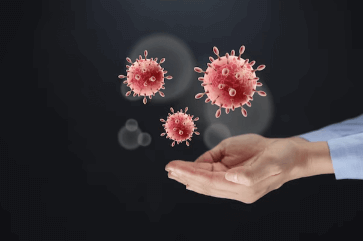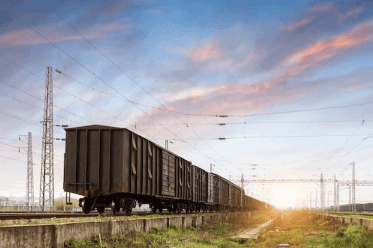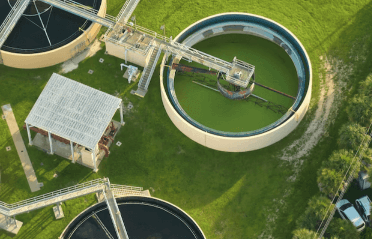Question
a.
1
b.
2
c.
3
d.
0
Posted under Basic Chemical Engineering
Interact with the Community - Share Your Thoughts
Uncertain About the Answer? Seek Clarification Here.
Understand the Explanation? Include it Here.
Q. For the chemical reaction P → Q, it is found that the rate of reaction doubles as the concentration of 'P' is doubled. If the reaction rate is proportional to Cₚⁿ, then what is...
Similar Questions
Explore Relevant Multiple Choice Questions (MCQs)
Q. Which of the following is a characteristic of an ideal plug flow reactor ?
View solution
Q. Velocity of a reaction depends upon the
View solution
Q. Threshold energy in a reaction is equal to the
View solution
Q. Pick out the wrong statement.
View solution
Q. There is no correspondence between stoichiometry and the rate equation in case of a/an __________ reaction.
View solution
Q. A spherical porous catalyst particle of radius R is subjected to reactant A which reacts to form B by a zero order surface reaction A → B. Film mass transfer resistance is negligible and pore diffusion of A is rate controlling. The effectiveness factor of the catalyst is reported as 7/8. Which of the following statement is true?
View solution
Q. Which of the following is used for calcination of limestone and dolomite in industrial practice ?
View solution
Q. The half life period of a first order reaction is given by (where, K = rate constant. )
View solution
Q. Half life period of a chemical reaction is
View solution
Q. In the gaseous phase ammonia formation reaction (N₂ + 3H₂ ↔ 2NH₃), the value of the equilibrium constant depends on the
View solution
Q. Which of the following is a controlling factor in very fast heterogeneous reaction ?
View solution
Q. Enzymes are destroyed, when the
View solution
Q. For an autocatalytic reactor, the suitable reactor set up is
View solution
Q. Ionic reactions occur in
View solution
Q. Sometimes, batch process is preferred over continuous process, when the product
View solution
Q. The reaction A → B is conducted in an adiabatic plug flow reactor (PFR). Pure A at a concentration of 2 kmol/m³ is fed to the reactor at the rate of 0.01 m³ /s and at a temperature of 500 K. If the exit conversion is 20%, then the exit temperature (in k) is
(Data: Heat of reaction at 298 K = - 50000 kJ/ kmole of A reacted Heat capacities CPA = CPB = 100 kJ/kmole. K (may be assumed to be independent of temperature))
View solution
Q. Which of the following is not a theory of homogeneous reaction?
View solution
Q. In a semi-batch reactor,
View solution
Q. Most important characteristics of gas-liquid reactors are the
View solution
Q. Which of the following resistances is not involved in a gas phase catalytic (gas-solid) reaction ?
View solution
Recommended Subjects
Are you eager to expand your knowledge beyond Basic Chemical Engineering? We've handpicked a range of related categories that you might find intriguing.
Click on the categories below to discover a wealth of MCQs and enrich your understanding of various subjects. Happy exploring!








